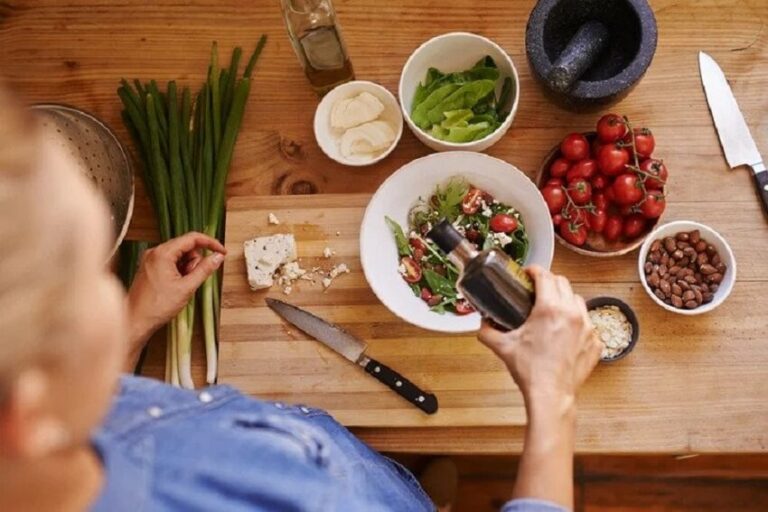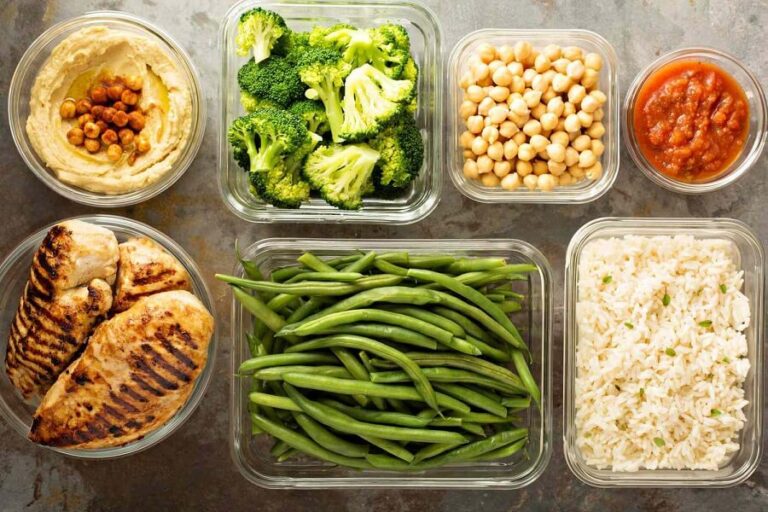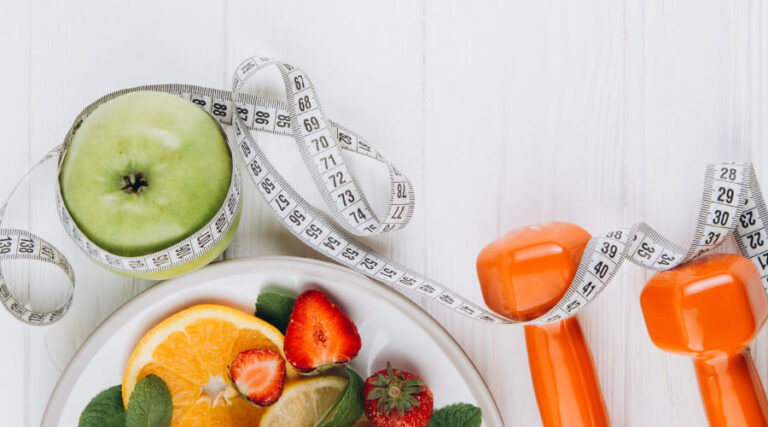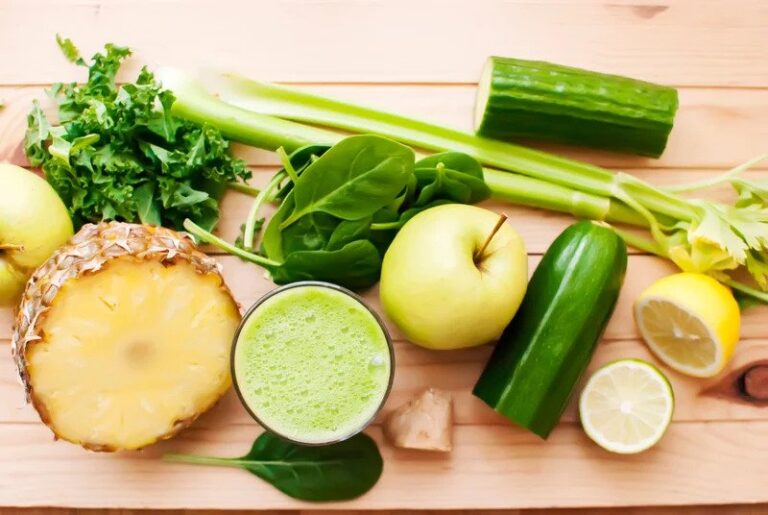Intermittent fasting is how power is passed without eating for a certain amount of time each day. To help you organize your day, here is a guide on scheduling your meals during intermittent fasting.
And remember: even though this menu plan is structured around when you eat, what you eat is still important. During the periods that you are eating, you will want to focus on healthy fats, clean proteins, and carbohydrates from whole food sources.
RELATED:
How to Schedule Intermittent Fasting Meals
While the idea of fasting can be overwhelming, especially if you haven’t done it before, intermittent fasting can be much easier than many other types of meal plans.
Once you start your intermittent fasting journey, you will most likely feel full longer and can keep the meals you eat very simple. Here are some different ways to fast and a typical meal plan for each day.
The combination of nutrients will give you the energy you need to enhance the benefits of fasting. Just be sure to take individual food intolerances into account and use it as a guide for your particular health care, and adjust the menu from there.
16: 8 Intermittent Fasting Menu for Beginners
If you are a beginner, start eating only between 8 am and 6 pm. This is a great way to get motivated. Motivation is what gets you going; habit is what keeps your fasting. This plan allows you to eat all meals plus some snacks but still get 14 hours of fasting within 24 hours.
Breakfast at 8 is Greek yogurt with whole-grain granola and red berries.
After fasting, it is ideal to start the day by eating breakfasts and liquids since it is a little easier for the intestine to digest. To avoid starting your day on a blood sugar roller coaster, you’ll want to opt for a whole-grain unsweetened yogurt instead of a high-sugar fruit smoothie. Add lots of healthy fats to keep you going until lunch!
Ingredients:
- 200 cc of whole wheat yogurt
- 1 tsp coconut or almond milk
- Two tablespoons of unsweetened granola or oatmeal
- One small handful of blueberries
- One handful of strawberries
- 20 g of chia or flax seeds
Preparation: Add all the ingredients to a suitable container and enjoy
Lunch noon – Chicken battered with buckwheat
Breaded Chicken Milanese are a great lunch option during the week, and they’re straightforward to make all week long. You can eat this over a bed of dark leafy greens with a simple homemade dressing for a meal packed with B vitamins to add healthy nutrients.
Ingredients:
- 250 g chicken breast
- 50 g batter or breadcrumbs
- One egg
- ½ teaspoon garlic powder
- Sea salt and pepper to taste
- Desired vegetable oil
Preparation :
- Cut the breasts into cubes and soak them in the egg.
- Mix the garlic with the butter and salt
- Form milanesas or nuggets of the desired size.
- Heat the cooking oil in a skillet over medium-high heat.
- Cook in a skillet until cooked.
- Serve with buckwheat and vegetables.
Snack 4 pm – Café bomba with two oatmeal cookies
The coffee bomb will curb your sweet tooth and give you enough healthy fats to continue until dinner. Oatmeal cookies are incredibly satisfying because they are high in fiber.
Ingredients for coffee:
- One tablespoon of coconut oil
- 1 teaspoon of butter
- Whisk
- Coffee without sugar
- Vanilla extract
- Optional: heavy whipping cream
preparation:
Brew 2 cups of coffee in a large container using your favorite method. You can also choose instant coffee as long as it doesn’t have added sugar. Take the butter the coconut oil and beat the coffee with a mixer for 1 minute, and add the vanilla.
Dinner: 6 pm: Tuna with roasted vegetables
Tuna is an excellent source of healthy omega-3 fats, and dark green vegetables like kale and broccoli are rich in antioxidants. Tuna is one of my favorites for its flavor and nutrient density, but you can select any fish or shellfish. Serve alongside some of your favorite veggies roasted in coconut oil for a quick and easy meal to end your intermittent fasting.
Ingredients:
250 grams of tuna or other fish of your choice
Two tablespoons of fresh lemon juice
2 tablespoons of ghee
Four cloves of garlic, finely chopped
preparation:
- Preheat the oven to 180 ° C.
- Mix the lemon juice, ghee, and garlic.
- Place the tuna in foil and pour the lemon ghee mixture on top.
- Wrap the fish in aluminum foil and place it on a baking sheet.
- Bake for 15 minutes or until tuna is cooked through.
- If the size of your oven allows, you can grill the vegetables along with the salmon on a separate baking sheet.
Weekly Intermittent Fasting Menu
With this weekly intermittent fasting plan, you will be eating only between 12 pm and 8 pm for 12 hours of fasting within 24 hours.
You can practice this plan during the workweek. If you are not one of those who eat breakfast during the week, you can enjoy a few cups of herbal tea to start your day.
The plan is developed for women with medium activity who seek to lose weight with the benefits of fasting and consists of about 1800 Kcal per day. If you are a man, approximate those calories to about 2000 per day by adding more food.
Here is an example of a weekly menu of 1800 Kcal intermittent fasting for weight loss:
| Lunch: (12 hours – 700 Kcal) | Snack: (16 hours – 400 Kcal) | Price: (20hs – 700 Kcal) | |
|---|---|---|---|
| Monday | Grass-fed beef burger with veggies or whole wheat bread | Coffee with milk. Rice crackers with cream cheese | Omelet of tomatoes and tuna. Greek yogurt with blueberries |
| Tuesday | Buckwheat salad with vegetables and chicken | Keto coffee with cheese bars | Vegetarian wraps. 1 serving of fruit |
| Wednesday | Avocado, tomato, meat and flax seed salad. Green smoothie. | Unsweetened yogurt with citrus fruits and whole grains | Salmon with roasted potatoes. 1 serving of fruit |
| Thursday | Red lentils with sautéed chicken and vegetables. | Unsweetened coconut cake – cinnamon tea | Greek quinoa and mushroom salad. |
| Friday | Original Caesar salad. 2 pieces of unsweetened dark chocolate. | Green juice with oatmeal pancake. | Wholemeal vegetable tart |
| Saturday | Vegetable omelette with bulgur wheat . | Skim yogurt with nuts. 1 fruit and rice crackers. | Tuna steak with vegetables sautéed in soybeans. 1 serving of fruit |
| Sunday | Brown rice with chicken breast and olive oil dressing. | Oatmeal porridge with unsweetened banana chips. | Baked chicken with vegetabl |
Other tips
Even if you skip breakfast, it is essential to stay hydrated. Make sure you drink enough water. You can also drink herbal teas (most experts agree that coffee and tea do not break you’re fast).
The catechins in green tea have even been shown to enhance the benefits of fasting by positively regulating the enzymes that metabolize fat through factor NF-κB and therefore stimulate fat oxidation. (1) This could mean a possible decrease in energy intake until lunch without feeling deprived.
If you have increased your fasting period by four hours, you need to make sure that your first meal (at noon) has enough healthy fats. For example, you can add more fat to your dressing or top it with an avocado.
Nuts and seeds make great high-fat snacks and can be eaten between meals. Dine around 5:30 pm, and just like the 8 to 6 window plan, a dinner with some fish or other protein sources with vegetables is a great option.
It is also important to remember that you may have some “off” days when intermittent fasting does not work for you. Listen to your body – if you need to eat outside your typical window, that’s fine! Just restart when you feel better.
ABSTRACT
You should know exactly how to schedule meals when starting an intermittent fasting plan with this information in hand. And while it may seem complicated at first, once you get into the habit of fasting, it will feel like second nature, and the menu will perfectly suit your days. But always start slow and gradually work your way to more advanced plans.







